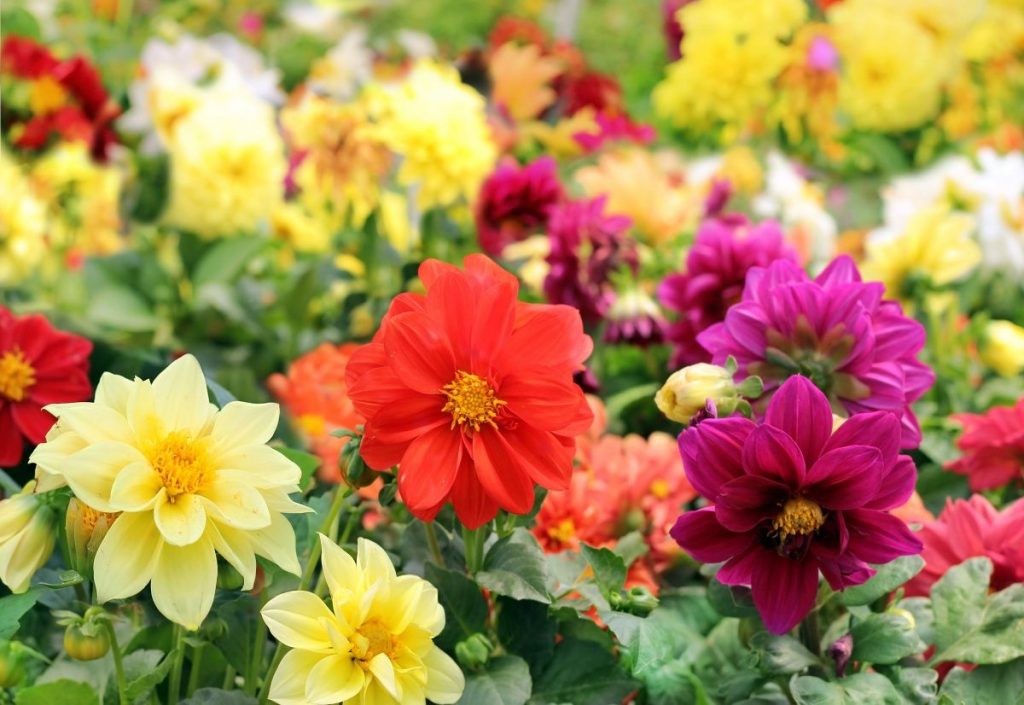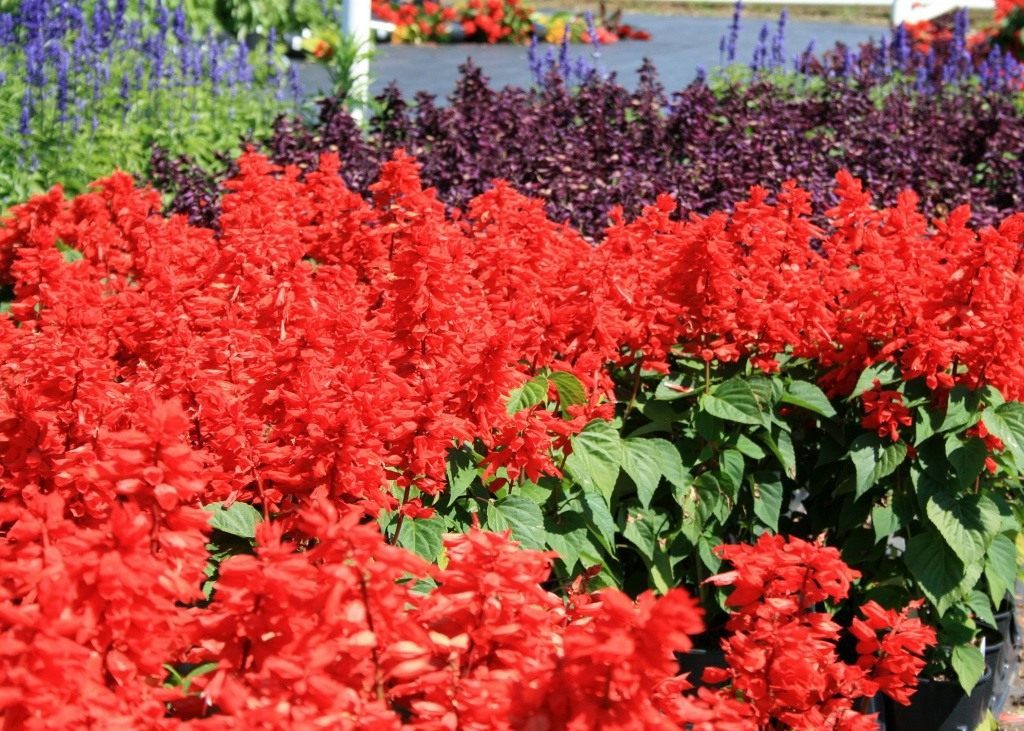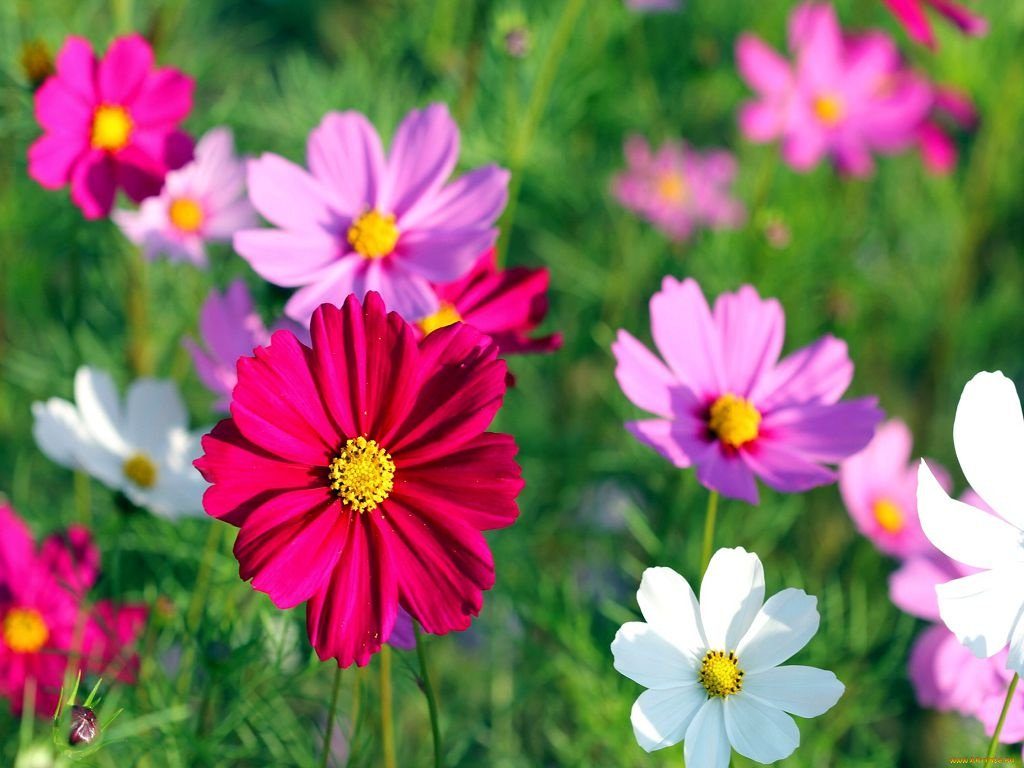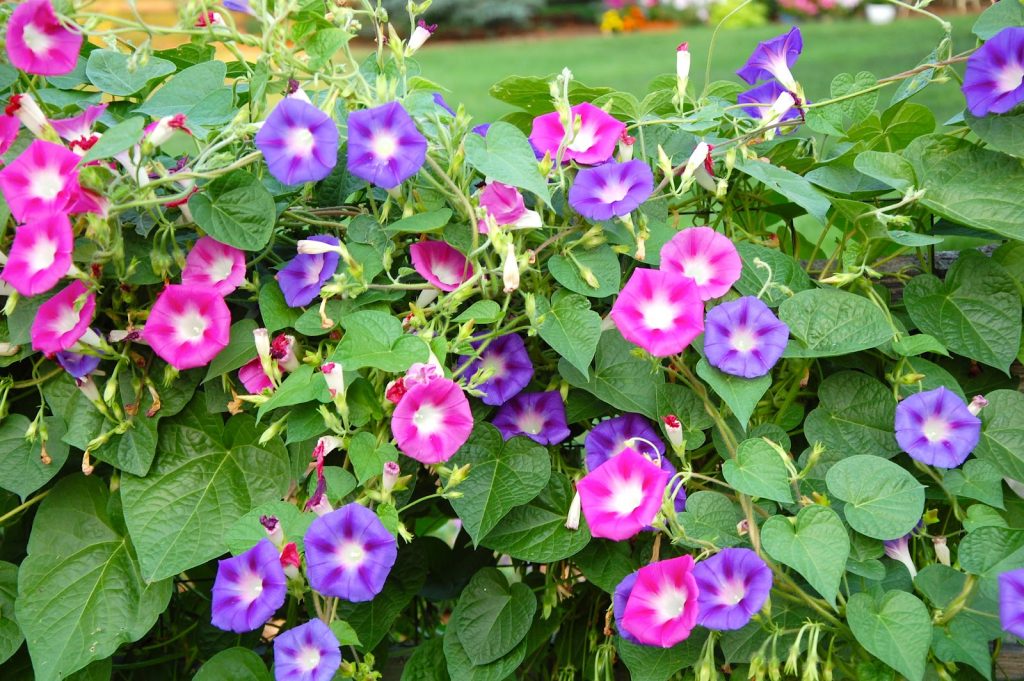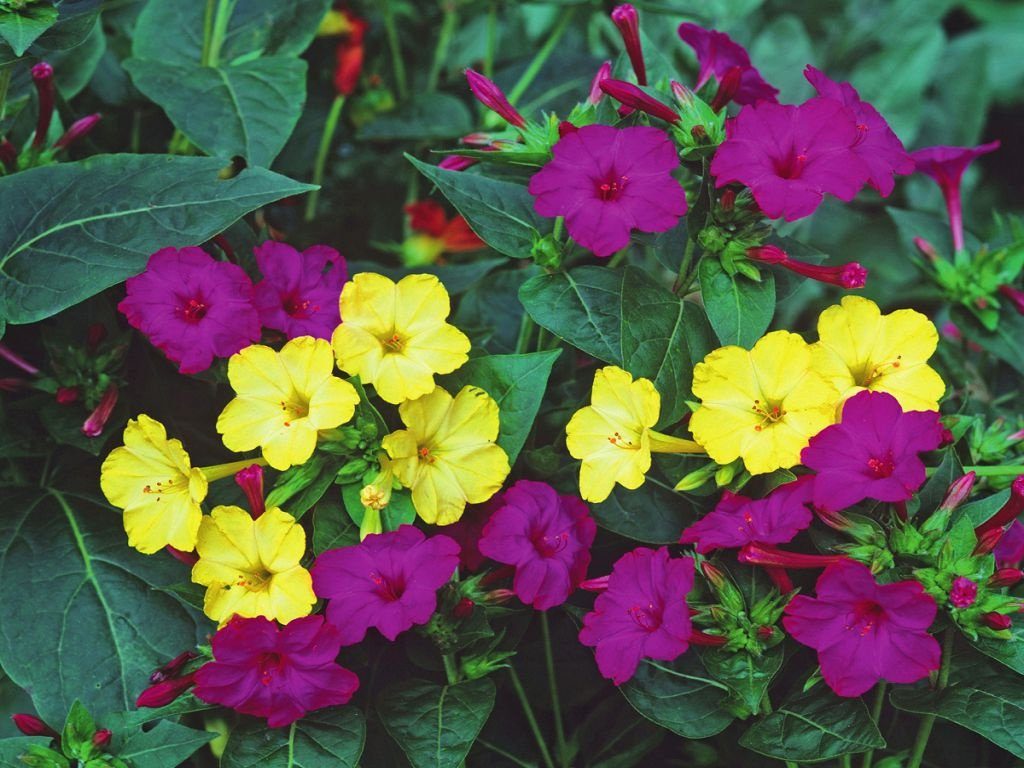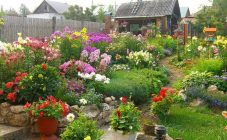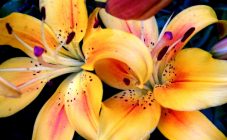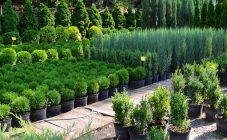Content:
A well-groomed and abundantly blooming flower bed near a personal plot or in a country house simply cannot but please the eye. Contemplation of lush blooming flowers gives a person pleasant emotions. But which annual flowers should you give preference to so that they bloom beautifully and are unpretentious in care? Annual flowers for a summer residence is the topic of today's article.
Annual garden flowers: name and description
Annual flowers for the garden will allow you to design your backyard territories in such a way that every year they will look new. Annual flowering plant varieties have many benefits. There is no need to worry about whether the cultures will survive the winter, and you can also design different compositions every year.
Annuals for flower beds
Many summer residents prefer annual flowering plants. This is due to the fact that the duration of their vegetation cycle is only one season, so they are actively developing and blooming magnificently. The most unpretentious flowering crops at their summer cottage include nasturtiums, calendula, petunia, sage and marigolds. As a rule, flower beds have a limited area and a given shape: rectangular, diamond or round.
Usually flowering plants in a flower bed form in one plane, but there are also vertical compositions, multi-tiered and raised. In this case, undersized plants look advantageous, they are combined with tall ones or planted singly.
Catalog of annuals for flower beds:
- Marigolds are very common in domestic summer cottages. They are unpretentious, they are grown in regions with unfavorable climatic conditions, in the Urals and Siberia. Flowering has a bright yellow-orange color.
- Petunia is an equally common flowering culture. Depending on the variety, flowering can be of different colors. The plant is thermophilic, blooms luxuriantly throughout the season until the first frost.
- Salvia is an unpretentious, attractive low flower that goes well with other flowers in the flower bed. Inflorescences are characterized by the shape of candles, depending on the varietal accessory, the range of shades is varied. The most common shades are red, lilac, pink and purple. There are many varieties of the plant (among which there are even perennials).
- Calendula cannot but stand out in a blooming flower bed. During flowering, voluminous bright yellow and orange flowers are formed. In addition to excellent decorative qualities, the plant has medicinal properties, and the leaves and inflorescences are used to prepare spices.
- Nasturtium is very common. Today, there are over a hundred varieties. Especially attractive terry varieties. The culture is light and heat-loving. During development, a large amount of greenery is formed, there are fewer inflorescences. Depending on the variety, the inflorescences can form yellow, red and bright orange.
Shade-loving annuals
At every summer cottage there are problem areas where light-loving plants do not want to take root in any way. In this case, it is recommended to pay attention to flowering annuals that grow in the shade.As a rule, such seedlings are abundantly leafed, the leaf plates have a rich green color. The splendor of their flowering is not so great, but they are no less attractive.
Cosmos are bright, colorful plants that can cheer up the gardener, growing even in the most shaded areas. Visually, the inflorescences resemble chamomile, bloom profusely, depending on the variety, the color can be raspberry or pink, white.
Mallow, nasturtiums, pansies, forget-me-nots and marigolds also readily grow in the shade. The buds of these plants are characterized by bright colors that adapt to all environmental conditions. Using balsam, brovallia, lobelia and fuchsia, you can create incredible floral arrangements in shaded areas.
Curly annuals
Annual climbing plants are very popular among gardeners. They are common because they grow vigorously and require minimal maintenance. They are used to decorate fences, gazebos and various buildings. Often, agronomists use this variety of ornamental plants to provide wind protection for weaker plants. By experimenting, you can create interesting design compositions.
- Ipomoea - during the growing season it can reach a height of 3 meters. Unpretentious, but responds well to regular and abundant watering.
- Sweet peas also like moderately moist soil and warmth. Direct sunlight has a detrimental effect on the plant. Depending on the variety, the colors can be varied. The plant can grow up to three meters in height. If agrotechnical rules are observed, it begins to bloom in the second - third decade of July and blooms until November, the first frost.
- The variety of climbing nasturtium is also in great demand. Its height is also capable of reaching three or more meters. During flowering, flowers are formed in the form of bells, bright orange color.
Annuals that are not afraid of the heat
And this information will be relevant for residents of the southern regions. Purslane, fragrant tobacco and mirabilis grow well in unfavorable climatic conditions, abnormal heat. A little more about each:
- Purslane is an attractive flower, flowering from July until the first frost. Depending on the variety, semi-double, double and simple inflorescences of various colors are formed. The plant is light-loving, develops poorly in the shade and practically does not bloom.
- Fragrant tobacco is a flower that you can plant and forget about it. He is not whimsical at all, he grows by himself. During flowering, unsightly small inflorescences form, but they exude an incredibly pleasant aroma. The advantage of the variety is that it clogs weeds. It is formed by a bushy bush, creating an attractive backdrop for low-growing plants.
- Mirabilis is a common plant. A characteristic feature is that the inflorescences open at nightfall. Depending on the variety, the petals will be pink, bright crimson, yellow and white. This plant is unpretentious, it can be grown even at home.
How to prolong flowering of plants
It is not particularly difficult to extend the flowering of annuals for the garden. To prolong flowering, it will be necessary to timely remove faded inflorescences and flowers, otherwise seeds will begin to form. Some plants, such as delphinium and lupine, can be cut after flowering, and then in the third trimester of July - the first trimester of August, they will begin to bloom again.
- To extend the flowering of phlox, part of the developed shoots must be half-shortened. On the shortened shoots, side shoots will begin to actively form, which will soon begin to bloom.
- To prolong the flowering of peonies, it is recommended not to remove the lateral buds, and the faded central flowers are cut out to the level of the lateral shoots.
- To prolong the flowering of Levkoy, it is necessary to cut off the faded shoots, as a result, the plant will form all new inflorescences until late autumn.
Thanks to annual plants, it is possible to arrange a small paradise that will delight the eye not only for the gardener, but also for the rest of those around. Every year you can experiment and create new flower arrangements. Novice gardeners are advised to give preference to annual flowers for summer cottages. Unpretentious annuals that bloom all summer will not require a lot of physical and material costs.
